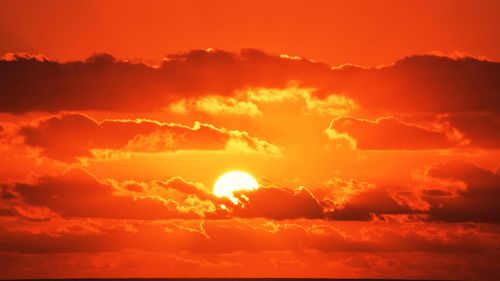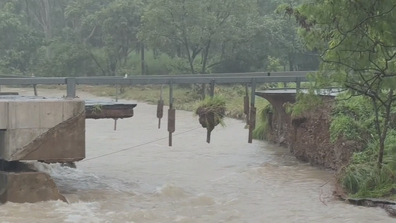Last year was the world’s hottest ever and Australia’s second hottest on record, according to the Bureau of Meteorology.
The long-term average is constructed from temperatures measured between 1961 and 1990.

“Nationally, spring was the warmest on record, winter was the second warmest on record and summer 2023–24 was the third warmest on record,” climatology specialist Nadine D’Argent said.
And heatwaves battered the country, sweeping “large parts” of Australia early in the year and then from September to December.
Alongside this, it was also Australia’s eighth wettest year since rainfall records began in 1900, with rainfall 28 per cent above average around the country.

ADF to build temporary bridge to give access to flood-ravaged town
However, this was largely focused in the north of the country, with Victoria, Tasmania and South Australia all receiving less rain than normal – Victoria by 20 per cent.
In contrast, Queensland (23 per cent), NSW/ACT (four per cent), Western Australia (35 per cent), and the Northern Territory (65 per cent) all received above average falls.
“It was the wettest year since 2011, with overall rainfall 28 per cent above average,” D’Argent said.
“Tropical cyclones brought heavy rainfall to northern parts of Australia early in the year, where there was major flooding.”
